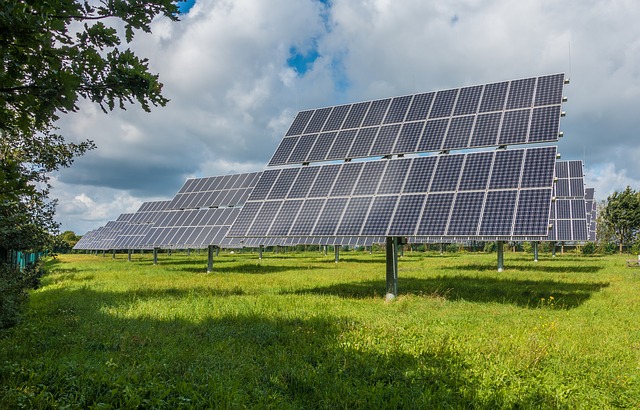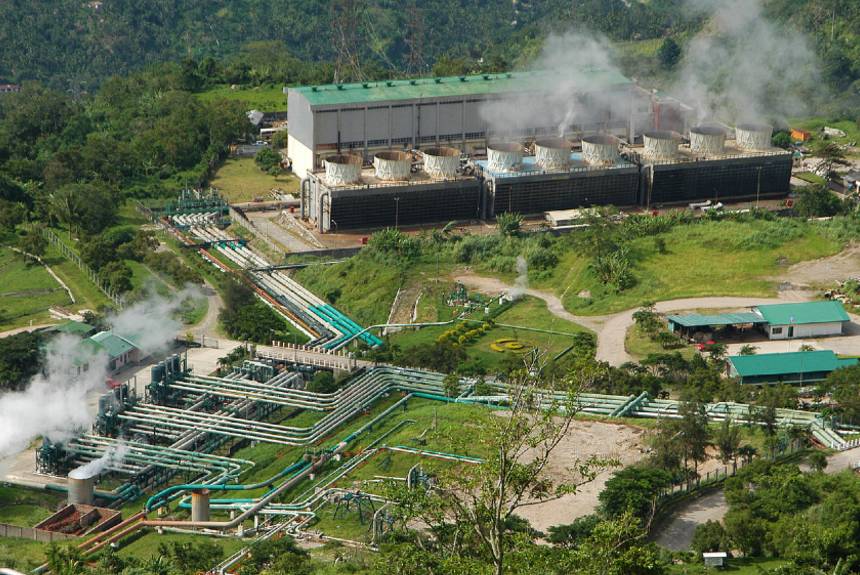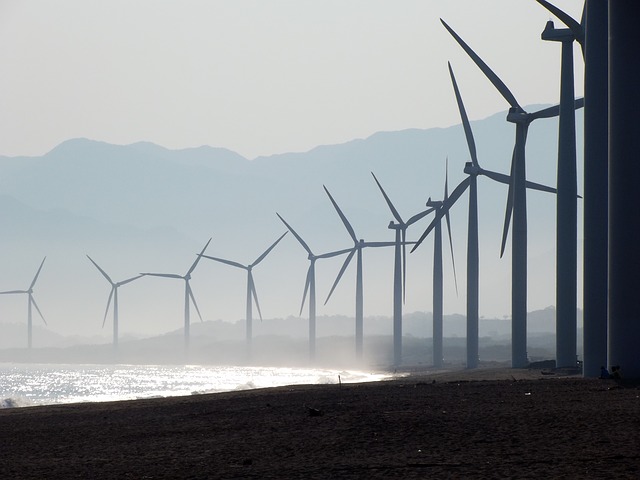To move towards a low-carbon economy, Asia must tap into its renewable power resource potential.
The Asia Pacific Climate Week (APCW 2019) in Bangkok concluded with the realisation that “long-term holistic planning would enable countries there to tap into the huge potential of renewable energy and new technology while maximising socio-economic benefits.” ( UN News, September 2019).
The APCW is a yearly event organised in Africa, Latin America, the Caribbean, and Asia-Pacific. It is a venue for governments and other parties to meet, discuss, and address climate issues. Its purpose is to harness the public and private sectors’ support in addressing climate change.
The speakers have presented compelling reasons to shift to low-carbon and resilience. To promote this idea, a ‘mindset shift’ would be needed from all members of the community, from the government down to regions, indigenous people, academia, and the private and finance sectors. Policies are also needed for long-term resilience, says the UN report.
Demand for power increases as the population and economy grow in Asia
The world’s largest continent is growing. Countries like China and the ‘tiger cub economies’ like the Philippines, Indonesia, Malaysia, and Thailand recognise the value of renewable energy to fuel their growth.

India is slowly following suit because of its growing power demands. (IRENA Quarterly Report, 2017).
Population increase, urban growth, and economic and developmental needs will double the demand for energy by 2025.
At the same time, there is still a large population in the region who do not have access to electricity, 95% of 1.2 billion, the IRENA report says.
The report concludes that there is a clear and rising demand for energy for the region’s growth or to provide power to those without access.
Asian countries will use coal before turning to renewable energy.
Coal use will peak in 2027 before it declines, a key point stated in the CNBC article. In 2040, coal will account for 36 per cent of Southeast Asia’s energy mix, according to the Wood Mackenzie study, which the CNBC article mentions.
Vietnam and Indonesia will be the highest energy consumers at 60 per cent of the total power demand in Southeast Asia by 2040, says Jacqueline Tao, a research associate at Wood Mackenzie, the CNBC news.
Despite the universal criticism of coal use by environmentalists, the shying away of banks and financial institutions from coal projects, and the government’s commitments to renewable energy investments, coal is still the dominant energy source in Asia, according to the article.
Renewable energy use from solar and wind resources will increase by 2040, accounting for 35% of Southeast Asia’s energy mix. The article adds that the total investment will be $89 billion from 2019 to 2040.
Asian countries are shifting to renewable energy
It is good to know that some Asian countries are taking steps to shift to renewable energy use. We are sharing some developments from Thailand, India, and the Philippines.
Thailand
Thailand imports 60% of its power supply as its oil and gas reserves are dwindling and will not last for a decade. Demands for energy in the future will see them relying more on importation and will increase their energy spending.
The government prioritises energy security and examines alternative energy sources to enhance its energy mix. It has developed an integrated energy plan encompassing power development, energy efficiency, alternative energy, and oil and gas.
Thailand’s government is committed to reducing greenhouse gas emissions by 20-25% by 2030 and setting 30% of its total energy consumption to renewable energy by 2036.
Bioenergy is the leading renewable power source in the form of biofuels and biogas used for heating and transport.
Thailand, recognising the potential of photovoltaic and wind resources, aims to increase its use of solar PV and wind, increasing the gigawatts production from 3 to 6 by 2036. The potential to grow with increased installation of PV and wind turbines in the future.
Thailand is also exploring using electric vehicles, which can spur their electricity demand.
According to the IRENA report, Thailand’s transition to renewable power entails a long-term strategic development plan and infrastructure to cater to all these developmental goals.
India
‘Balancing economic growth, environmental protection, and energy security is a real challenge in India that can be tackled by enabling more renewable energy deployment, says Dolf Gielen, Director of Innovation and Technology at IRENA.
Urban growth in India will increase its population by 600 million by 2030.
Fossil fuel is still India’s primary energy source, and its demand is increasing by 10% annually. However, India’s sheer demand for power has opened opportunities for renewable energy. Prime Minister Narendra Modi has expressed a commitment to renewables that, if seriously pursued, can potentially unlock India’s Enormous renewable energy while meeting the Paris Agreement targets, the report says.
But this does not come without a challenge. Widespread poverty will make it difficult to meet its energy demands, with an estimated 80 million households and about 300 million people having limited or no access to power.
Surprisingly, however, renewable energy solutions like solar PPVs off-grid and mini-grid have provided some poor communities access to electricity.
According to a recent Remap Country for India report, renewable energy use would allow 12x more savings for the Indian economy than it will cost them by 2030. The report says it will also create jobs, reduce carbon emissions, resulting in cleaner air and water, allow savings on health-related costs, and lower demand for coal and oil by 23% by 2030.

Philippines
Like most countries, the Philippines imports oil for transport and coal for power generation. Amidst the country’s great potential for geothermal, hydropower, ocean energy, solar, and wind, the goal of being energy-independent and having a reliable and secure power source seems a “daunting task,” the report says.
Since 1977, the Philippines has been tapping into its geothermal resource, and by 2015, geothermal energy production reached 1.9 gigawatts, second only to the United States, according to the International Geothermal Association.
Renewable energy accounts for 14% of its national energy consumption, generating savings from its fuel importation budget. The Philippines is targeting a threefold increase in its renewable energy supply from its current use by 2030.
Solar PVs and small-scale biogas digesters can be off-grid solutions for remote and isolated areas and communities. They can supply power to 4.2 million households without access to it.
Transitioning to renewable energy comes with various challenges, including technical and non-technical, maintenance and sustainability, battery storage know-how, and the lack of tariff policies and guidelines, which makes investors hesitant to finance these projects.
The report says that overcoming these challenges would entail relaxing regulation on off-grid projects, allowing developers and local communities to determine tariffs, and the government incentivising their use.
Conclusion
Asia’s transition to renewable energy sources will not only reduce carbon emissions but also allow the country to use clean energy and supply its increasing energy demands without the consequences of fossil fuel use.
Studies show that harnessing renewable resources like geothermal, solar, wind, and tidal energy will not only create opportunities and boost their economy but also be their long-term climate adaptation and resilience strategy to climate change without damaging the environment.
Sources:
Mitigating climate change in Asia-Pacific could give the region an economic boost. (2019, September 6). UN News. Retrieved from https://news.un.org/en/story/2019/09/1045772
Renewable Energy Rises Across Asia. (2017). International Renewable Energy Agency Quarterly. Retrieved from https://www.irena.org/-/media/Files/IRENA/Agency/Quarterly/IRENA_Quarterly_2017_Q4.pdf
Tan, H. (2019, September 30). Coal is still king in Southeast Asia even as countries work toward cleaner energy [news]. Retrieved from https://www.cnbc.com/2019/10/01/coal-is-still-king-in-southeast-asia-despite-clean-energy-efforts.html
PHOTO CREDIT: By First Holdings at English Wikipedia – Own work (Original text: I created this work entirely by myself.), Public Domain, Link



Leave a Reply